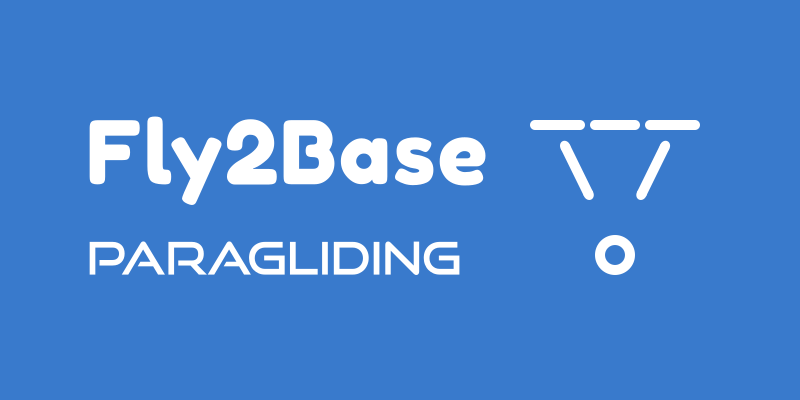What is the right glider for you? View from the pilot after 1,000 hours in the air.
Posted by Martin Havel on
This post was written by Jerry Furnell. Jerry has done 3,000 hours on the Hang Glider and 1000 flying hours on the paragliders...
Spicy air. If you are going to fly XC, then expect it. All wings fly smooth and gentle at the coast, but inland flying is like eating a spicy Pad Thai. How do you like your wing to behave? Mild, hot, extra hot, extremely hot or OMG hot?
An EN-A wing will dampen the rough patches and leave you relaxed. You’ll struggle with distance and soon be casting your eyes to the horizon where others are landing.
An EN-B wing will open up greater distances, but you will have to work a little harder. Most pilots are comfortable with this, though the top end of this category can be quite active to fly. Active… means you feel the bumps and adjust/trim your wing for best flight. There is a noticeable difference between a low B and a high B.
An EN-C wing is like a high B with a demand for more pilot input. It’s still going to demand attention, and in rough air it will get your juices flowing. You will need to fly all the time actively though the workload is pretty low. This is handy on long flights (8hrs+) because you may not be physically tired, but you can get mentally tired which leads to errors that lead to the excitement you may not welcome. (Collapses).
An EN-D wing (often 2 liners) will test you. These wings feel every nuance in the air, and you are continually inputting corrections to keep them tidy. They require strong mental skills developed from many hours of experience in rough air. Top pilots make it look easy. It isn’t. There’s a reason why some pilots drop back a level or two… and that reason is a comfort.
A CCC wing is like an EN-D wing on steroids. (So I’m told.) They are for elite pilots who have the skills and mental acuity to handle whatever the air throws at them. The fact that top-level competitions require CCC pilots to carry two reserves says it all. Yes, they are much safer than they were ten years ago, but they are still a handful. Not for the faint-hearted (me).
But I want that performance!
Too bad, because I also want to feel comfortable when I’m flying.
Compromise: It’s finding a balance between safety, comfort (different for each individual) and performance.
I have flown a Nova Phantom (Low EN-B) for many hours and over many kilometres in the past 3 years. It’s a fun class wing with an excellent XC pedigree:
01.11.16 Josef Edlinger - Quixadá – BR 435.08 km straight line.
23.07.19 Toni Brügger – Fiesch – CH 251.15 km triangle.
24.10.18 Beat Wyss - Caico – BR 359.77 km straight line.
27.10.19 Urs Rölli - Caico - 359.25 km straight line.
My personal bests on the Phantom are:
08/02/2017 Manilla – AU 243.7 km.
07/02/2017 Manilla – AU 202.3 km.
Both my flights had low saves in very rough air. I was able to get back up comfortably because of my wing. (Not my skills). The Phantom instils so much confidence in its inherent safety that I was able to relax and dig myself out from a potentially gnarly outlanding and get back to cloudbase.
Sure, the Phantom isn’t the fastest wing out there. Not by a mile, but it’s fast enough to ensure maximum fun on those long fights. In my opinion, the Phantom offers the best ratio of safety to performance of any glider. It’s not cheap, but you get what you pay for. What it provided me was fearless flight.
The Phantom has given me many hours of pleasure and a chance to build my skills and confidence — to the point where I’ve been able to step up and move on — feeling comfortable on wings that offer more performance.
If you are looking to build confidence while improving your XC skills, then my advice would be to consider the Phantom.
